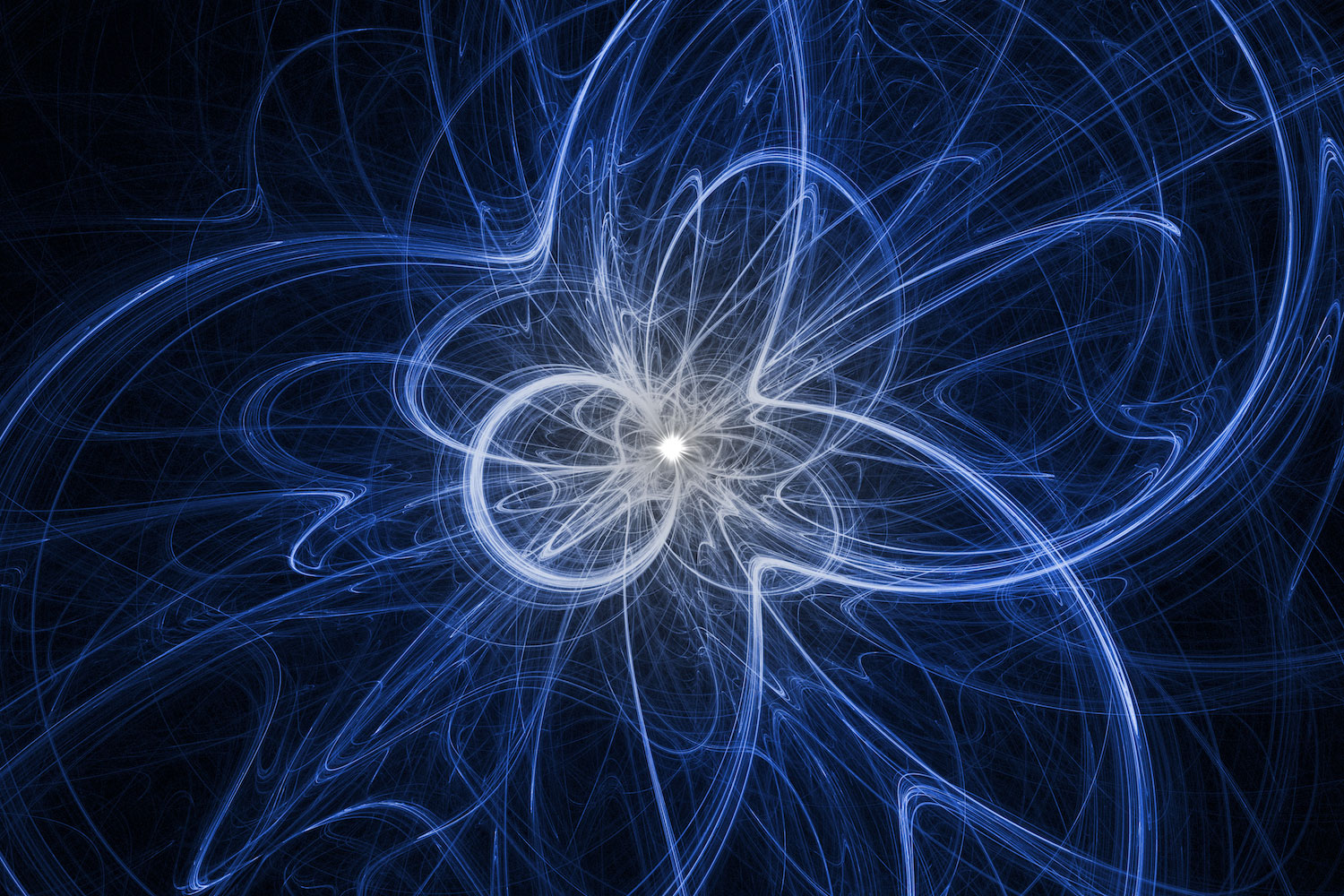The riddle of neutrino mass stands as one of the most fascinating enigmas in contemporary physics. This mysterious subatomic particle, which traverses matter almost undetected, has long captivated scientists. Despite significant advances in particle physics, crucial questions regarding the nature and origins of neutrino mass remain unanswered. Are we poised on the brink of a breakthrough, or are we merely scratching the surface of an intricate puzzle that transcends our current understanding of the universe?
To fully appreciate the significance of neutrinos, one must first explore their role within the Standard Model of particle physics. Neutrinos are elusive particles that engage in weak interactions, a characteristic that renders them notoriously difficult to detect. Unlike charged particles, they possess a mass that is, as yet, poorly understood. Initially, the Standard Model postulated that neutrinos were massless—an assertion that complicated the theoretical landscape immensely.
However, experimental evidence gathered from various sources, including neutrino oscillation experiments, has compelled physicists to reevaluate this assumption. Neutrino oscillation—a phenomenon wherein neutrinos switch between different “flavors” (electron, muon, and tau)—provides compelling evidence that neutrinos indeed possess mass, albeit a minuscule one. This revelation prompts an intriguing question: if neutrinos exhibit mass, what mechanisms govern its generation?
One avenue of inquiry delves into the so-called seesaw mechanism, a theoretical framework suggesting that neutrinos acquire their mass through interactions with a heavier partner particle, typically referred to as a right-handed neutrino. This theoretical construct not only aims to explain the small mass of ordinary neutrinos by juxtaposing them with these massive counterparts but also provides a tantalizing connection to Grand Unified Theories (GUTs), which seek to unify the fundamental forces of nature.
The challenge arises from the seemingly contradictory nature of neutrino mass in relation to other fundamental particles. In contrast to electrons, muons, and taus, which draw their masses from the Higgs field through the Higgs mechanism, neutrinos appear to follow a different set of rules. Thus, the question emerges: how can we reconcile this difference? Are we observing a fundamental aspect of nature, or is our understanding muddied by untested theories and unexamined assumptions?
Beyond the theoretical frameworks, the experimental landscape also offers fertile ground for contemplation. Efforts to measure neutrino mass have encompassed a myriad of approaches, including direct mass measurements employing tritium beta decay and indirect methods exploiting cosmological observations. Each of these methodologies harbors unique challenges. For instance, while tritium decay might seem straightforward, it encounters significant limitations due to the difficulties in isolating the neutrino’s mass from the myriad of other decay products. On the other hand, cosmological data suggest that neutrinos, along with dark energy, play a pivotal role in the evolution of the universe, yet modeling their precise impact demands increasingly sophisticated analytical techniques.
It is vital to recognize the implications of neutrino mass on the broader context of physics and cosmology. The presence of massive neutrinos could elucidate various phenomena, from the behavior of supernovae to cosmic structure formation. Furthermore, the incorporation of neutrino mass into cosmological models hints at the existence of new physics beyond the Standard Model. Theoretical constructs such as sterile neutrinos and additional dimensions often resurface in discussions, indicating a potential wealth of undiscovered realms awaiting scientific discovery.
Moreover, the interrelationship between neutrinos and dark matter remains a pivotal topic of research. Could the elusive nature of neutrinos shed light on dark matter, a substance that comprises roughly 27% of the universe’s total mass-energy content? Concepts such as sterile neutrinos serve as a bridge between these two enigmatic subjects, further intensifying the quest for coherence within theoretical physics.
The ongoing challenges in understanding neutrino mass underscore the intricacy of particle physics. Researchers are continually developing more sensitive detectors and improved experimental designs to probe deeper into the nature of these particles. Projects such as the IceCube Neutrino Observatory, the DUNE experiment, and the KATRIN experiment are poised to make substantial contributions toward deciphering this ongoing conundrum.
The trajectory toward uncovering the secrets of neutrino mass promises to be thrilling—a true adventure into the fundamental workings of our universe. As scientists confront the intricacies of particle interactions, they are also engaging in a dialogue with the very fabric of reality. While significant strides have been made, the journey is far from complete.
In contemplating the question of whether a mystery regarding neutrino mass persists, it becomes clear that many layers remain to be peeled away. The convergence of experimental evidence and theoretical exploration hints at both progress and the possibility of further revelations. As we continue to query the nature of neutrinos and their mass, we find ourselves navigating an ocean rich with undiscovered territories, potential challenges, and the promise of enlightenment. Are we prepared to embrace the complexities, or will the dance of discovery remain an enigmatic pursuit?












